Next: 4.4 Template-Aware Delaunay Up: 4 Templated Geometries and Meshes Previous: 4.2 Instance Interfaces and Conformity Contents
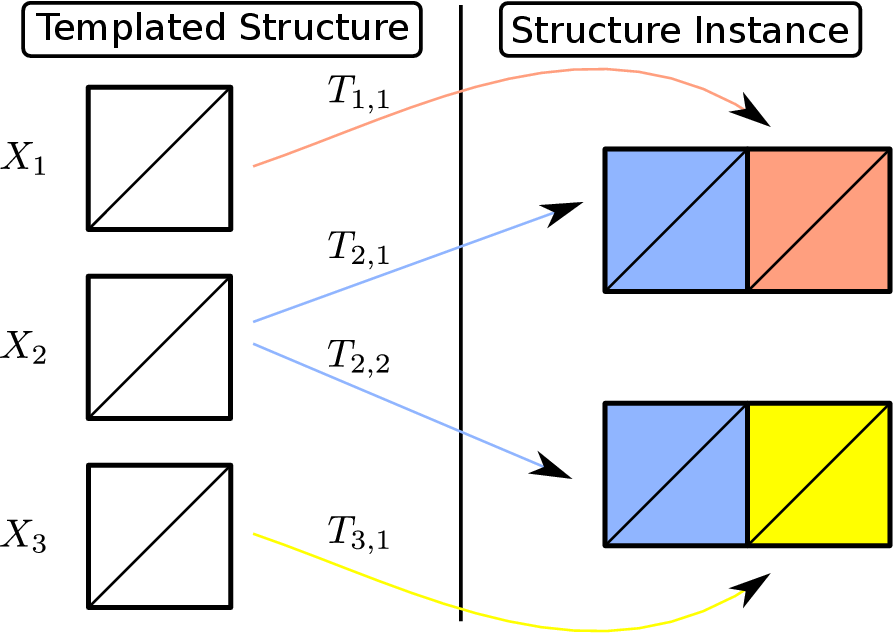
Although template |
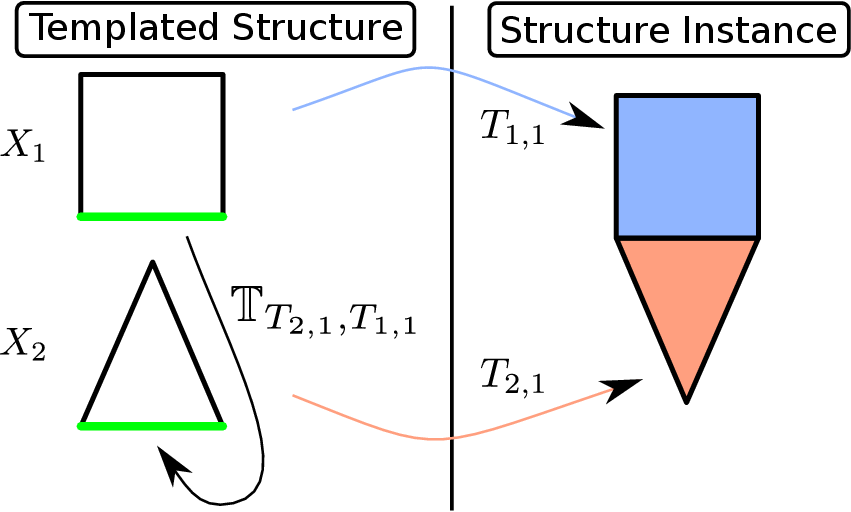
The template boundary mapping
|
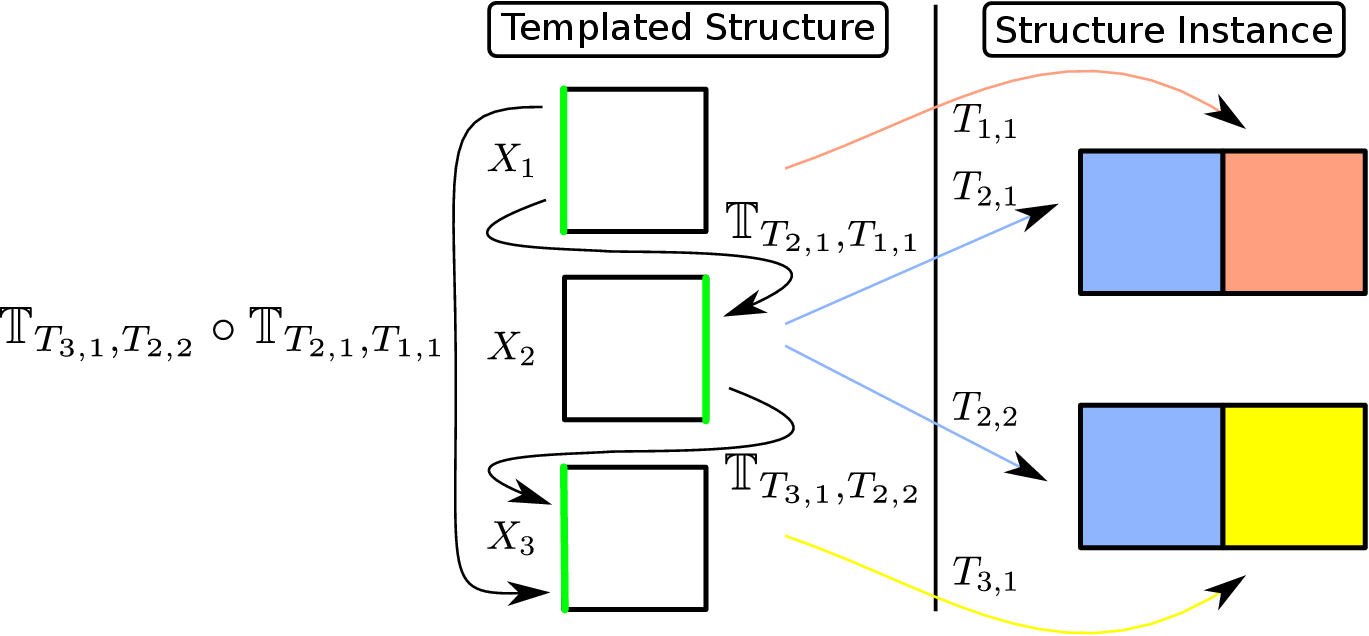
The composition of template boundary mappings
|
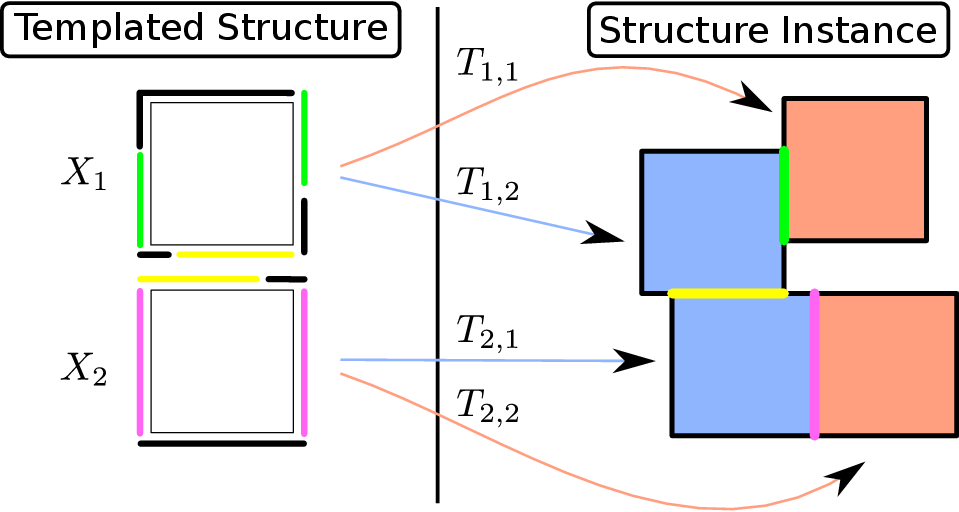
Boundary patch partition elements, which are induced by an instance interface, are visualized in green, yellow, and purple. Boundary patch partition elements (black) are elements which are not in any instance interface. The boundary of template |
| (4.5) |
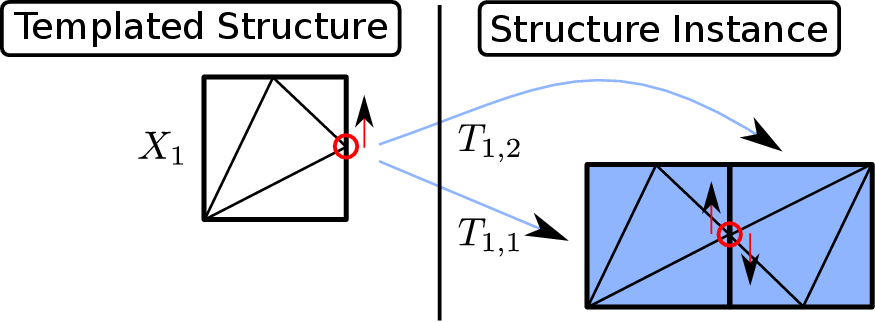
|
![\begin{defn}[Regular/irregular instance graph]
Let ${\mathbb{X}}$\ be a template...
...T))}
\end{equation}Otherwise, the instance graph is called irregular.
\end{defn}](img752.gif)
| (4.6) |
florian 2016-11-21